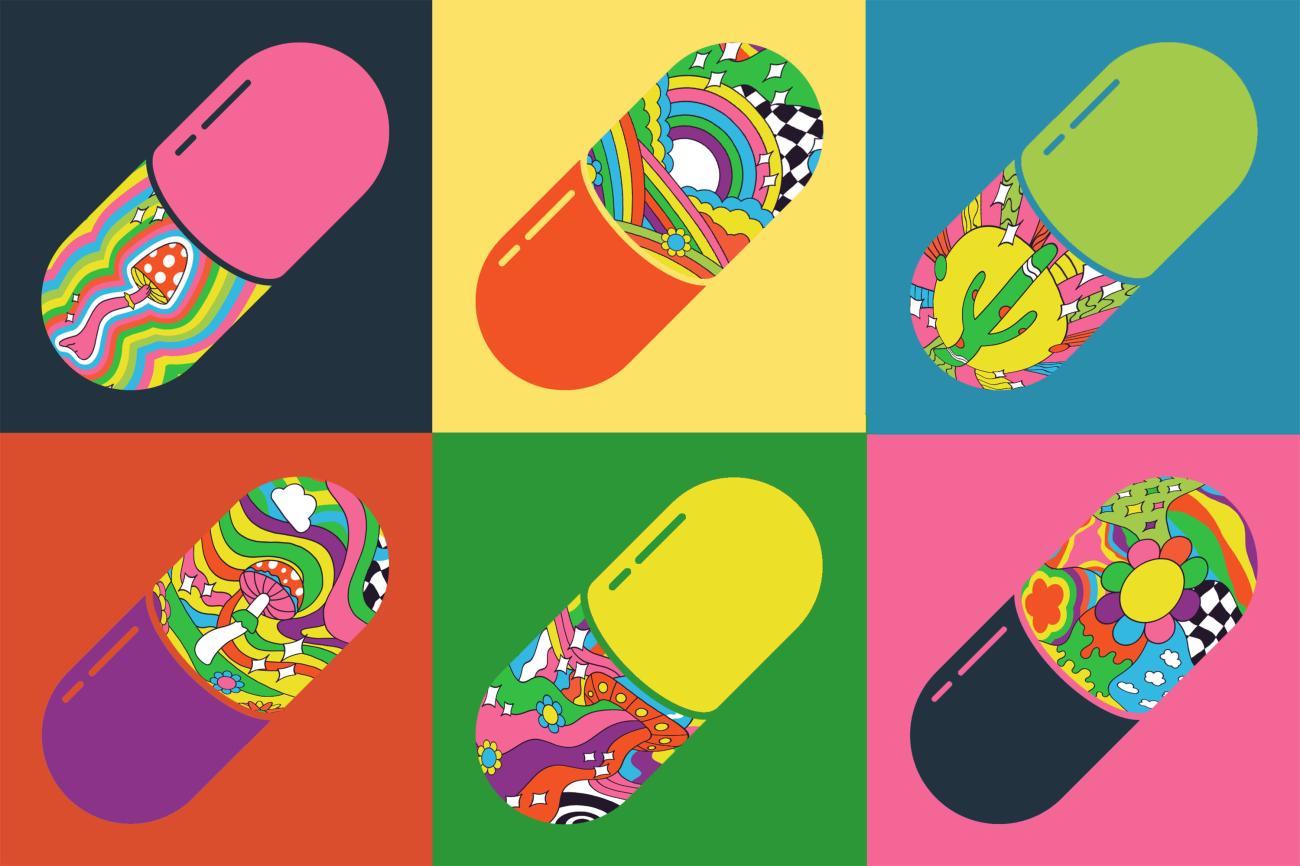Data integrity is the backbone of credible psilocybin science because it protects patient safety, guides sound analysis, and supports decisions by regulators, payers, and ethics boards. Trials that collect high quality data with clear provenance and audit trails produce results that others can check and use. Teams that treat data as part of study design from day one move faster, avoid protocol drift, and answer questions that matter to clinicians and investors.
Why data integrity is the backbone of credibility
Psilocybin trials bring unique operational demands such as long session days, therapist supported visits, and extended follow up. These features magnify the cost of poor data habits. A missed timepoint during a long observation window can break an endpoint. Incomplete therapy notes can undermine safety reviews. Gaps in accountability logs for controlled substances can lead to audit findings that stop dosing. Strong data practice links every clinical observation to a protocol step, every kit to a lot and a permit, and every analysis to a preplanned method.
Credibility grows when raw data, derived tables, and key decisions all have documented histories. That includes who entered the data and when, what edit checks fired, how queries were closed, and how analysis code produced figures and tables. When investigators can show a clean path from patient visit to statistical output, peers and regulators gain confidence that the signal is real and the risk profile is understood.
Standard data collected in psilocybin studies
Psilocybin studies gather many of the same items as other CNS trials along with fields that reflect session based care and controlled handling.
Screening and baseline
Demographics, diagnostic interviews, medical history, concomitant medications, and structured scales such as depression or anxiety measures. Baseline labs and ECGs appear where indicated. Inclusion and exclusion criteria are recorded with dates and sources.
Session day data
Therapist preparation notes, start and stop times, dosing time, standardized checklists for acute effects, vital signs at prespecified intervals, and recovery assessments prior to discharge. Adverse events are captured with onset, severity, resolution, and relation. If rescue meds are permitted, dose and timing are recorded.
Post session follow up
Primary and secondary endpoint scales placed at fixed windows relative to dosing. Safety calls in the first week. In some studies ecological momentary assessments using mobile prompts. Longer term visits for durability at one month, three months, and six months.
Pharmacy and accountability
Chain of custody from shipment to receipt with dates, quantities, and signatures. Temperature logger files from shippers and storage. Kit issue and return logs tied to subject IDs. Reconciliation records and destruction certificates at closeout.
Product quality and methods
Certificates of analysis for psilocybin and psilocin assay with method IDs, impurity profiles, and microbiology. Stability summaries with storage conditions and dating. Interlab comparison reports when site labs verify the supplier method.
Therapy model and fidelity
Preparation, support, and integration session templates. Therapist credentials and training logs. Fidelity checks by supervisors using short rubrics that score adherence to the manual.
Digital and device data where used
Imaging with prespecified sequences and timing relative to dose. EEG or actigraphy with device IDs and calibration logs. Mobile tasks with time stamps and compliance rates.
Protocol compliance
Randomization records, unblinding events if any, protocol deviations with root cause and corrective actions, visit window adherence, and premature discontinuations with reason.
Collecting these items in a consistent format allows clean merges across sites, faster monitoring, and smoother audits. It also helps with pooled analyses across programs where common measures are used.
Importance of reproducibility and open access
Reproducibility starts with preregistration and a clear statistical analysis plan. Trials that declare endpoints, models, covariates, and handling of missing data before enrollment create guardrails against selective reporting. A living version history that tracks updates with dates and reasons reduces ambiguity during database lock.
Method reproducibility matters on the chemistry side as well as the clinical side. Validated HPLC or LC MS methods for psilocybin and psilocin should be described with enough detail for an independent lab to repeat. System suitability criteria, calibration ranges, and acceptance limits belong in shared documentation. When a site lab can reproduce supplier results within acceptance ranges before first shipment, later inspections are faster and less contentious.
Open access helps the field learn faster. De-identified patient level data deposited after publication supports reanalysis and meta-analysis. Shared code notebooks for primary endpoints and key figures let others rerun models and confirm findings. Redacted COAs, stability summaries, and method outlines permit scrutiny of product quality without revealing protected information. Clear data use agreements protect privacy while allowing credible research outside the sponsor team.
Reproducibility is also a cultural habit. Teams that answer queries with source documents, that keep clean audit trails, and that publish both positive and negative findings build trust. Readers should be able to match the numbers in a table to a known dataset, and to match the dataset to a protocol with a public registration.
Technology tools for capturing and analyzing results
Modern tools can support psilocybin trials, yet they must map to real clinic workflows and controlled handling rules.
Electronic data capture and eConsent
EDC platforms map session day visits with long observation blocks. They support branching logic for safety checks and capture timestamps that matter for pharmacodynamic patterns. eConsent systems help track consent versions, reconsent events, and signature times for long studies.
Patient reported outcomes
Mobile ePRO apps schedule prompts relative to dose with notifications that fit recovery periods. Compliance dashboards help coordinators catch missed windows early. Short forms paired with anchors make entries faster and more reliable.
Randomization and trial supply
IRT tools manage kit assignment, holds, and returns while protecting the blind. Integration with pharmacy systems allows automatic updates to accountability logs. Barcoding and scanners can speed intake at hospitals that permit device use in controlled rooms.
LIMS and quality systems
Suppliers and site labs use LIMS to track samples, standards, and runs. Audit trails record instrument maintenance, system suitability, and analyst sign off. Version control systems store methods and SOPs with effective dates and prior versions.
Imaging and signal processing
Imaging pipelines standardize preprocessing and analysis with containerized code to avoid environment drift. Timing files align scans with dose and with clinical scale windows. Quality control dashboards flag motion or artifacts before data lock.
Data lakes and analysis workflows
Central stores hold raw and derived datasets with clear folders for source, intermediate, and outputs. Access is role based with least privilege. Analysis code runs in scripted workflows so that figures and tables are regenerated from scratch when raw data change.
Compliance and validation
Tools that claim to be fit for regulated work need validation plans, test cases, and change logs. Teams should record who approved a system for use, what features are in scope, and how updates are rolled out without breaking audit trails. At we align product data, kit maps, and shipment records with hospital systems so intake steps match site controls and document expectations.
The best stack is the one staff can use during a busy clinic day. A shorter checklist that people follow will beat a perfect system that slows intake or distracts therapists on session days.
Investor interest in data-driven outcomes
Investors who track psilocybin programs look for data signals that predict clinical value and operating discipline that protects timelines. Clean data reduces risk in several ways.
Efficacy and durability
Effect sizes on primary endpoints, rates of response and remission, and the shape of change over months matter more than peak scores at a single visit. Trials that collect long follow up with minimal attrition provide a clearer picture of durability.
Safety and tolerability
Adverse event profiles during and after sessions, vital sign trends, and rescue medication use shape risk assessments. Transparent reporting of serious events with timelines and interventions builds confidence that risks are known and managed.
Quality and compliance
Low rates of protocol deviations, on time visits within windows, and complete accountability records reflect sound operations. Stable assay values across lots and sites reduce questions about product variability.
Operational efficiency
Screen failure rates, enrollment speed, and site activation timelines affect cost and time to readout. Investors favor programs that staff therapist and pharmacy roles with backups, which prevents missed sessions and rescheduling spirals.
Reproducibility and external validation
Independent labs that confirm assay results, and independent sites that reproduce clinical effects, drive adoption and payer interest. Programs that publish methods and share de-identified data invite credible validation.
Data-driven programs can make sharper adjustments. If a site shows drift in therapist fidelity scores or timing compliance, sponsors can deploy retraining or a monitor visit before the trend harms the endpoint. If a dose cohort shows unexpected adverse events tied to a visit window, the protocol can refine monitoring without breaking the blind. These habits matter to investors because they preserve capital and protect the chance of a clean readout.
Building trust through transparent reporting
Trust grows when sponsors and sites publish clear methods, complete results, and balanced discussion of limits. Readers should see preregistration, a dated statistical plan, and a description of analysis decisions that occurred after lock. Figures should label windows relative to dose. Tables should match registered endpoints and show both absolute change and responder rates where appropriate. Safety sections should report adverse events with definitions and time courses, not only counts.
Transparency also applies to product quality. Sharing representative COA formats, high level stability curves, and short notes about interlab agreement helps peers understand the material used in the trial. Posting intake and reconciliation templates gives other hospitals a head start on building durable SOPs. Publishing therapist supervision models and fidelity rubrics helps readers judge generalizability across settings.
Partnerships between hospitals, CROs, and suppliers make this standard possible. Pharmacy teams keep tight chain of custody and temperature logs. Therapists and coordinators document sessions and visits with reproducible templates. Data teams build pipelines that tie entries to analysis without manual edits. Suppliers maintain methods and stability records that stand up in audits. When these pieces come together, a trial can show not only what happened but how the team knows it is true.
Psilocybin research advances when data practice is careful, transparent, and repeatable. Programs that invest in clean collection, preplanned analysis, and open methods produce results that others can use. That is how clinical teams gain confidence, how regulators make decisions, and how investors support programs that are ready to scale.




